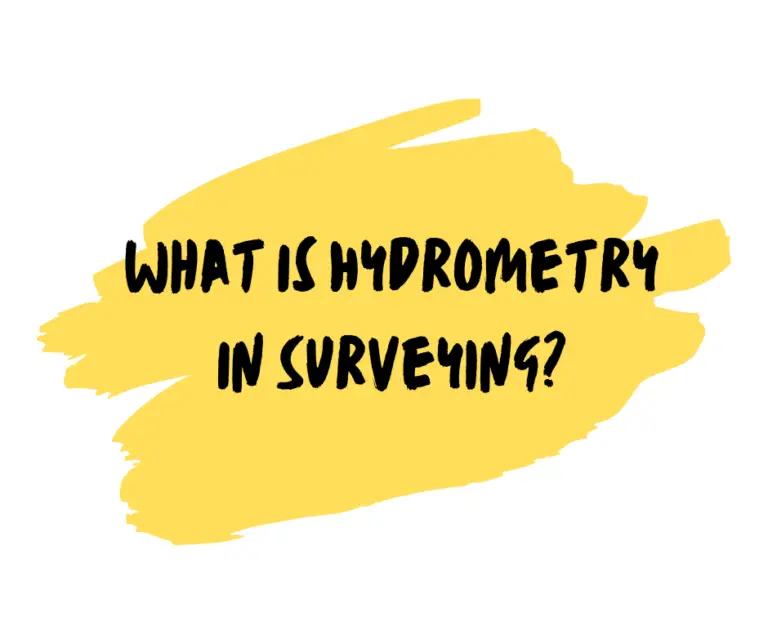What Is A Land Mine Field?
What Is A Land Mine Field?
A land mine field is a designated area that contains land mines. Land mines are explosive devices buried underground and designed to detonate when an unsuspecting victim steps on them.
Land mines are a serious problem in many parts of the world because they often remain active long after a conflict has ended. This can result in innocent civilians being killed or maimed by these devices.
The presence of land mines in an area can also make it unsafe for people to travel through and can prevent them from using the land for farming and other purposes. Many countries have joined together to help eradicate land mines.
Land minefields often contain several different types of land mines because countries have used many different types of land mines over time.
This means that a single field may contain anywhere from a handful to hundreds of different types of mines. Land minefields are usually fenced off, but this does not mean that they are safe to enter.
What Is A De-Mined Area?
A de-mined area is a piece of land that has been cleared of mines. This process usually involves using specialized equipment to locate and remove all of the mines in the area. Once the area has been completely cleared, it is safe for people to use.
De-mining is an important process in many parts of the world where there are active or former conflict zones. In these areas, mines can pose a serious threat to civilians, as they can be hidden and very difficult to spot.
Clearing the land of mines makes it safe for people to use again. There are a number of different methods that can be used to de-mine an area. The most common method is to use specialized machines to locate the mines.
These machines are usually specially designed to detect the metal from mines and can quickly clear an area.
A person may also be able to locate land mines by looking for visible signs of their presence, including disturbed soil and debris, bumps in the ground, or anything else that looks out of place.
Mine detection dogs and metal detectors are also used to find mines. Once a mine is found, it is removed. The land is typically cleared of all the metal and debris from the mines. Some countries, such as the United States, use a combination of these methods to clear an area of mines.
What Is The Responsibility Of A Landowner, And What Does This Include?
A landowner’s responsibility can be broadly divided into environmental and social. Environmental responsibilities include stewardship of the land and its resources and management of environmental impacts.
Social responsibilities include providing access to the land for recreation and other uses and ensuring the safety of visitors. Environmental responsibilities are founded on the principles of conservation and sustainable use.
Landowners have a duty to conserve the land and its resources for future generations and to manage environmental impacts in a way that does not cause harm to human health or the environment.
This includes taking measures to prevent pollution, managing waste responsibly, and protecting natural habitats. Social responsibilities arise from the fact that land is a public good. Landowners must provide access to the land for recreational purposes and ensure these visitors’ safety.
What Is The International Campaign To Ban Land Mines?
The International Campaign to Ban Land Mines (ICBL) is a global movement to ban the use, production, stockpiling, and transfer of antipersonnel mines.
The ICBL was founded in 1992, and its members include non-governmental organizations (NGOs) from around the world.
The ICBL’s work is based on the belief that antipersonnel mines are a moral and humanitarian issue and that their use constitutes a violation of international humanitarian law.
The ICBL’s main goals are to secure a global ban on antipersonnel mines, to ensure that all victims of landmine accidents receive adequate assistance, and to promote mine awareness and education programs.
The ICBL has successfully raised awareness about the dangers posed by land mines and achieved international support for the treaty banning them. It has also been instrumental in ensuring that all victims of land mine accidents receive adequate assistance.
How Big Is A Land Mine?
It measures 1.57 inches (40 mm) in height and 2.2 inches (56 mm) in diameter. It was invented and utilized by the United States in the 1950s, but it has since been adopted and imitated by many other countries throughout the world.
This anti-personnel mine has just a little quantity of explosive, around 31 grams of Tetryl. The mine contains a contact detonator attached to a pyrotechnic fuse’s firing pin. It has a steel detonator, which is used to activate an electric firing circuit.
How Much Is A Land Mine?
It’s tough, risky, time-consuming, and expensive. Landmines cost only $3 to $75 to produce and lay, yet they cost an average of $300 to $1000 to remove using standard approaches.
This hefty cost puts a further burden on economies already weakened by conflict. The exceptional cost involved in clearing landmines is only part of the challenge.
Landmine clearance requires a great deal of time, labor, and considerable technological innovation. Landmines often render areas inaccessible, making it difficult to access remote locations once minefields have been laid.
Many mines are buried beneath the earth or water and must be excavated by hand. The process of detecting and removing landmines is slow, tough work that often involves heavy machinery.
How Many Land Mines Are There?
According to estimates, there are about 110 million land mines in the ground. An equal quantity is stored in stockpiles, ready to be planted or destroyed.
The United States and Russia account for about 40 percent of the world’s land mines, and nearly one in every three land mines is found in Afghanistan.
Are Land Mines Illegal?
Anti-personnel landmines are illegal under the 1997 Mine Ban Treaty. The treaty prohibits their production, stockpiling, and use.
It also obligates states to clear landmines in mine-affected areas, provide care and rehabilitation to victims of mines, and enact victim assistance laws.
Landmine Monitor estimates that more than 60 States Parties have completed the destruction of their stockpiles, and 70 States Parties have finished clearing mines from their territory.
Do Land Mines Still Exist?
Landmines continue to exist in 58 nations and four states, wreaking havoc. Nine individuals are killed daily by landmines and explosive leftovers of war.
Demining is a costly and time-consuming procedure. The ICBL estimates that more than 110 million land mines are planted in the ground, with an equal quantity stored in stockpiles.
When Land Mines Invented?
The weapon’s precursors are thought to have first been utilized in the 1800s during the American Civil War.
However, antipersonnel mines were first widely deployed in World War II. They have since been deployed in other battles, including the Vietnam War, the Korean War, and the first Gulf War. The United States began employing anti-personnel mines during the Korean War in 1951.
The United States and Great Britain continued to manufacture landmines since the 1950s and 1960s, while North Korea and China manufactured their own versions of the weapons during the same period.
How Powerful Are Land Mines?
Anti-tank mines typically carry 2 to 9 kg of explosive, and their fusing mechanism takes 100-300 kg of pressure to detonate.
AP mines are smaller, containing 10-250 g of explosive, and detonate at pressures ranging from 5 to 50 kg. The pressure needed to detonate vibrations induced by a mine is 0.5 kg of TNT.
Is Land Mining Sustainable?
Despite recent advances and new technologies, the mining sector remains unsustainable in many locations.
Fortunately, there is a range of technologies and strategies — both in use and in research — that the industry may utilize to lessen its environmental effect. The ICBL is working to achieve a global ban on anti-personnel mines.
How Can I Ensure I Don’t Step On A Land Mine?
There are a number of ways to ensure that you do not step on a land mine. The first is to be aware of your surroundings and to pay attention to where you are walking.
If you are in an area known to have land mines, be sure to avoid any areas that look like they may have been disturbed. Another way to avoid stepping on a land mine is to wear appropriate footwear.
If you are in an area where there may be land mines, wear sturdy boots that will protect your feet if you step on a land mine.
Finally, if you are in an area where land mines are known to be present, be sure to walk in a line and do not deviate from the path. By following these simple steps, you can ensure that you are not stepping on any mine.
What Are The Treatments For Land Mine Injury?
There are a number of treatments available for land mine injuries, depending on the severity of the injury. Basic first aid will suffice for minor injuries, such as cuts and bruises.
More serious injuries, such as amputations, may require surgery and/or rehabilitation. In the most severe cases, where the victim has sustained multiple injuries or has lost a significant amount of blood, they may need to be hospitalized for treatment.
Victims of land mine injuries often suffer from a range of physical and psychological problems. Physical problems can include amputations, paralysis, and severe burns. Psychological problems can include post-traumatic stress disorder (PTSD), anxiety, and depression.
Many victims also suffer from social problems, such as isolation and discrimination. The ICBL is working to ensure that land mine victims are treated with equality, help them regain their dignity and employment, and provide support through rehabilitation to help them return to society.


